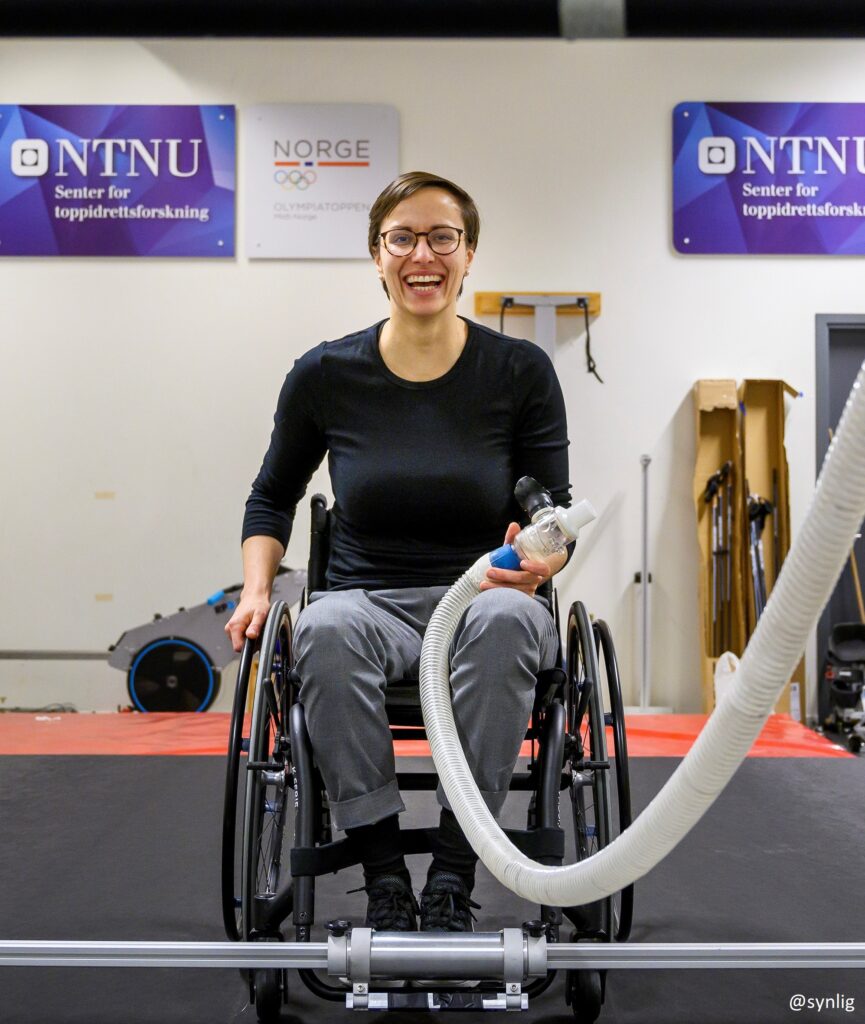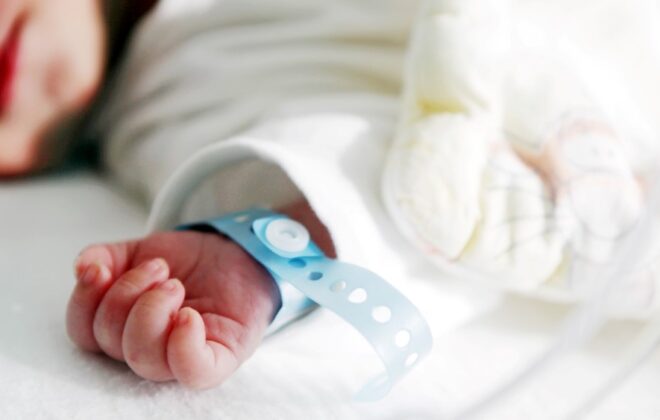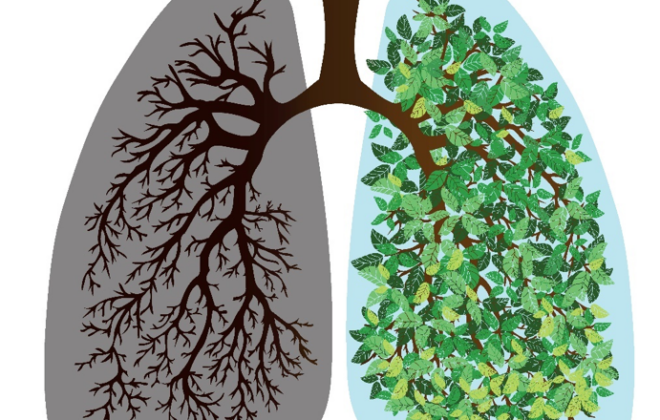I got a Marie Curie Global Fellowship. How did that happen – and why do I have mixed feelings?
“The Declaration of Honor needs to be signed”. This was the somewhat cryptic message I received on the EU portal about four months ago. The EU language is still new to me, and I sent an email to check with the application support at our faculty what this actually meant. At the same time a bunch of congratulation emails started ticking in. First ever Marie Skłodowska-Curie Global Fellow at the Faculty of Medicine and Health Sciences, after a first try EU grant application. Quite an achievement, isn’t it?
Mixed feelings
With the successful grant application came a rush of mixed feelings, which took me a bit off guard and some time to put into words.

There was some sense of relief about the evaluators seeing merit in the application. Merit both in me as a young researcher and my ability to learn, but also in the ambition of the “WHeelchair Activity Monitoring project” (WHAM) and its focus on a minority group. Irrespective of this, I am still wondering if I have what it takes. Good (or bad) news is that I am not alone; apparently over 60% of people in academic positions feel some sort of self-doubt and incompetence despite their achievements. While receiving a Marie Curie fellowship is meant to prepare me (and roughly a thousand others world-wide each year) for a career both in and outside of academia, I would like to believe that all the effort of the last ten years enables a way forward. Essential for my way forward will be the possibility to be part of or create a team that aligns in values, but also shares my ambition to contribute to more equity for people with a disability in society. So, above all I feel the responsibility. A Marie Curie Fellowship can be a stepping stone to apply for larger funding in the future. If successful, this means having responsibility for contributing to an environment in which team members, especially those in temporary positions, can thrive.
So, who am I?
My name is Julia, I am German and 35 years of age. Currently, I am employed in a shared sustainability coordinator and researcher position. I have completed my Bachelor in Physiotherapy, a Master in Biology of Human Performance and Health in the Netherlands, and a PhD in Health Sciences at the Department of Neuromedicine and Movement Science (INB) at the Norwegian University of Science and Technology (NTNU).

After a climbing accident in my early twenties and an unsuccessful surgery, my knees and ability to walk without activity aids have been deteriorating slowly. At the moment, I am still able to walk shorter distances and use crutches most of the time. I have recently transitioned to using a wheelchair at work since standing and walking longer distances even with crutches was becoming more and more challenging. While I have worked with many wheelchair users over the last decade, using a wheelchair myself has changed my perception of situations and the built environment more than I would have expected. And I think that my lived experiences positively contributed to the credibility of WHAM.
How do I think we got there?
Receiving the Marie Curie fellowship is a result of taking many small steps over the last couple of years. And, despite it being an individual fellowship, it is very much of a team effort!
1) Grant applications and networking
After my PhD, my former supervisor at the Centre for Elite Sports Research Øyvind Sandbakk, Innovation manager at INB Vikram Singh Parmar, and I started to discuss how to exploit data and experiences from my PhD to conceptualize an innovative project – the target group remaining people with a disability – that could have larger societal impact but also would be commercially viable in the long run. At that point, we declared our idea to the Technology Transfer Office and decided to apply for NTNU pre-discovery funding, followed by an NTNU innovation scholarship. Both applications were successful and gave us an opportunity to collect pilot data and me the time to write further grant applications.
While writing these grant applications, I was pushed to build a network inside and outside NTNU to create a strong team that could deliver expected results. Although the first applications were rejected, we were fortunate enough to receive strategic funding for a PhD candidate (Marius Lyng Danielsson) on “The digital wheelchair project” (DigiW), which WHAM builds upon directly. Absolutely necessary for DigiW’s success is that we have been able to tap into competencies across different fields. Prof. Damiano Varagnolo from the Department of Cybernetics Engineering joined DigiW, with one of the PhD candidates he supervises (Roya Doshmanziari). And Roya has been able to dedicate a lot of her PhD to DigiW and oversee the algorithm development.
Many of our colleagues have been involved in different parts of DigiW and we connect across Departments several times weekly. Additionally, we have been able to engage many (inter)national master students from different studies and universities with their supervisors, which helped us drive the project forward. Altogether, these efforts were instrumental in establishing ourselves in a niche research area with a dedicated end-user segment, which may be beneficial in an increasingly competitive world. In line with this, the Marie Curie evaluator panel positively highlighted WHAM’s focus on increasing physical activity in wheelchair as an important societal challenge with high socio-economic benefits.
2) Building a strategic CV for competitive grant applications with social innovation focus
After completing my PhD (from 2018 onwards), a big chunk of my time went into building a scientific CV through peer-reviewed publications. I prioritized publications where I was able to contribute in central author roles, and also wrote several articles without my PhD supervisors to show independence while being part of the same research environment. While it is hard to pinpoint what elements of a CV make the latter truly competitive, I do think that next to the publications it is related to some of the following activities: several smaller and larger grant applications, supervision of numerous master students and three PhD candidates (one as main supervisor), teaching, dissemination and outreach activities. These aspects were also highlighted as strengths in the evaluation of the Marie Curie application.
Upon reflection, and when moving forward, I need to be more conscious about a “less-is-more” approach, where I think more carefully about where I want to go, and how the activities I say “yes” to, support this path. Most motivating with DigiW and WHAM for me personally is that these research projects are so well perceived by the different user representatives. Therefore, essential for my path will be to find ways to better engage the wheelchair user community.
3) Accessing support
I feel very fortunate to have been able to tap into different support systems. The application support at the Faculty of Medicine and Health Sciences and INB have been outstanding in their control over all aspects that needed to be in place for a competitive proposal and CV, as well as navigating the EU system. They continue to help now while I prepare my fellowship and leaving for Canada in September 2024. Furthermore, I am extremely grateful to have two highly qualified scientific supervisors (Prof. Kathleen Martin Ginis at the University of British Columbia, and Prof. Beatrix Vereijken at NTNU), who were closely involved when shaping the content of the WHAM application. In addition, they also dedicated some of their time to help me figure out some of my mixed emotions. Lastly, Dr. Freek Boesten and Maastricht Instruments have agreed to host me for a non-academic placement, where I will be able to get a bit of a taste of what working with a stronger industry-focus looks like.
Take-away messages
1. Focus on minority group was highlighted by the evaluators as an important societal problem with high socio-economic benefits.
2. A successful Marie Curie application requires a high-quality research project with credible societal impact, highly qualified supervisors, and a competitive own CV.
3. Reach out to potential supervisors and the application support at your own faculty!
And as a final note: while my mixed emotions are not fully resolved, loads of excitement are starting to take over!


